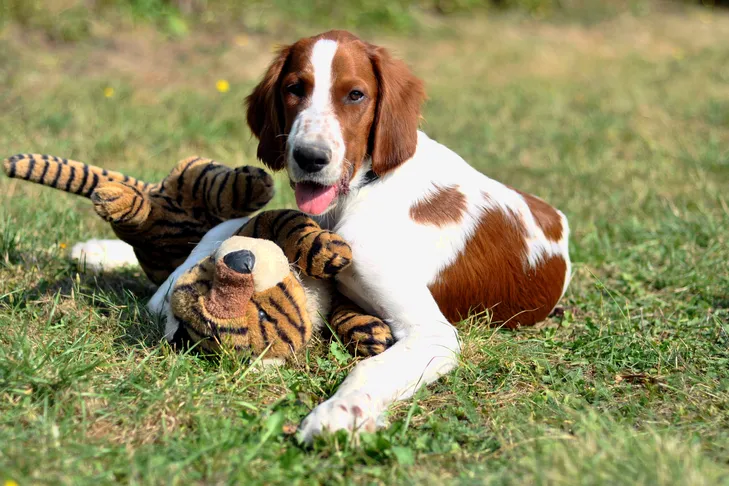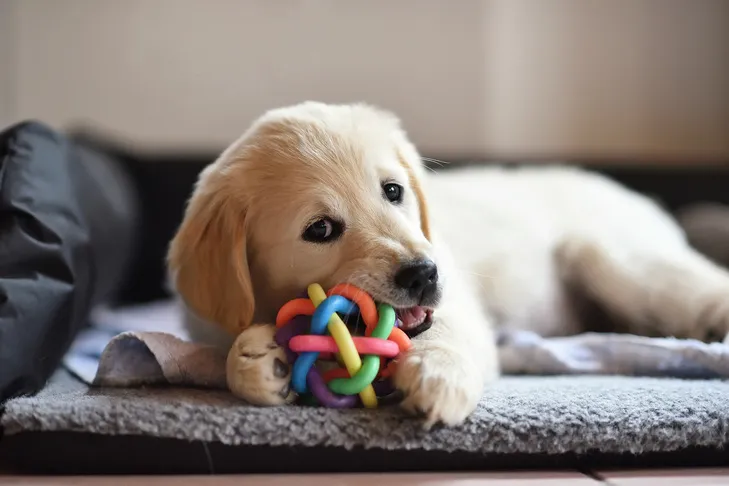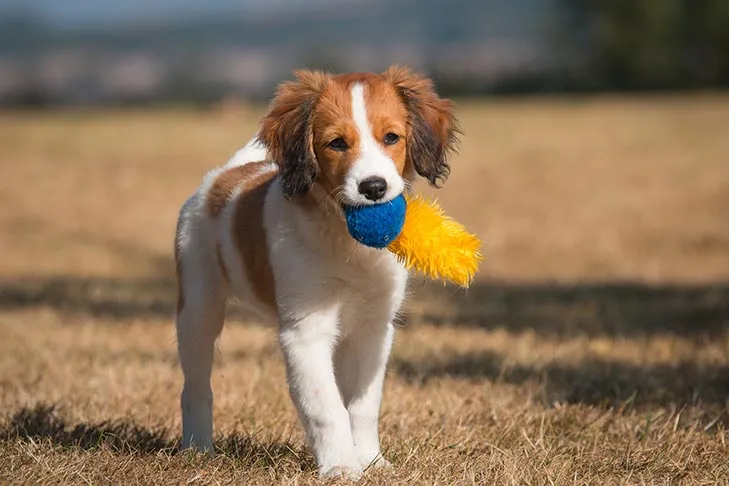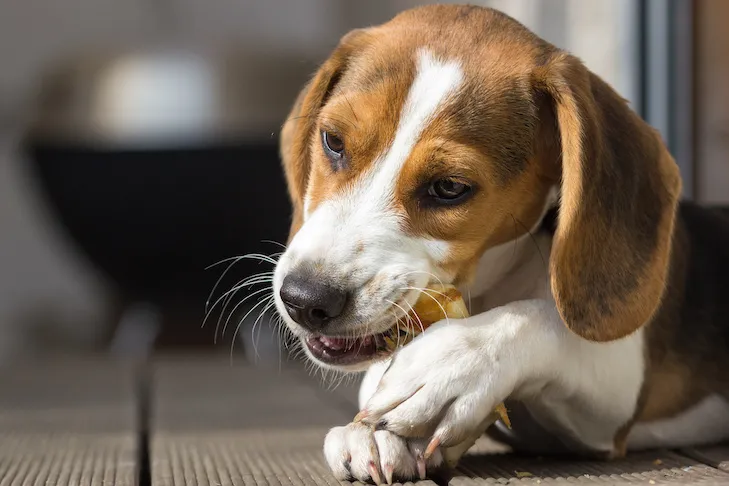Bringing home a new puppy is an exciting adventure, but selecting the right best puppy toys can make all the difference in their development and your sanity. The perfect toys go beyond mere entertainment—they support teething relief, mental stimulation, and emotional comfort while strengthening the bond between you and your furry friend. Whether your pup is a relentless chewer or needs help adjusting to a new home, understanding toy types tailored to their needs ensures safe, engaging playtime.
For puppies with intense chewing habits, consider options like the best teething toys for puppies to channel their energy productively from day one.
Benefits of Puppy Playtime
Puppies enter a crucial socialization period starting around 3 weeks old and lasting until about 14 weeks, according to the American Kennel Club (AKC). During this window, play helps build confidence, shapes behavior, and lays the foundation for lifelong social skills. Many owners rush to dog parks, but home-based play is the ideal starting point, gradually expanding to pet-friendly spots once your puppy is ready.
Targeted play sessions are key—avoid overexertion, as it can damage growing growth plates and cause injuries. Play isn’t just for pups; it fosters trust and deepens your relationship, creating a stronger lifetime bond.
 Irish Red and White Setter laying in the grass with a stuffed toy.
Irish Red and White Setter laying in the grass with a stuffed toy.
Soothing Teething Pains with the Right Toys
Teething puppies experience intense discomfort from sore gums and emerging teeth, leading them to chew everything in sight, from furniture legs to walls. Normal chewing relieves boredom, but teething demands specialized relief. Opt for durable puppy toys made of nylon or hard rubber, which provide comfort without breaking apart quickly.
These toys withstand tough sessions and redirect destructive behavior. For aggressive chewers, durable options like best dog toys for very aggressive chewers are excellent choices, helping prevent household damage while supporting healthy gum development.
Puzzle Toys for Mental Stimulation and Brain Boost
Dog intelligence, as noted by Dr. Stanley Coren in “The Intelligence of Dogs,” is roughly 51% breed-dependent and 49% environmental. Puzzle toys enhance problem-solving skills by hiding treats or requiring manipulation of sliders, drawers, or rotating parts. Fill them with high-value treats to motivate engagement, and choose adjustable difficulty levels to match your puppy’s progress.
Noise features like squeakers or even recordable voices add excitement. Treat-dispensing varieties, such as treat dispensing toys for large dogs, work well for bigger breeds, tiring them out mentally without physical strain.
 Golden Retriever puppy chewing on a ball laying in a dog bed indoors.
Golden Retriever puppy chewing on a ball laying in a dog bed indoors.
Comfort Toys to Ease Homesickness and Anxiety
New puppies often miss their mother and littermates, showing signs of stress like whining or pacing. Comfort toys mimic a mother’s heartbeat or provide microwave-warmable warmth via embedded beads, promoting better sleep and reducing separation anxiety. They’re especially useful during crate training to build positive associations.
Always supervise to prevent chewing once asleep. For pups needing extra reassurance, these best puppy toys bridge the transition to their forever home effectively.
 Nederlandse Kooikerhondje puppy outdoors with a toy in its mouth.
Nederlandse Kooikerhondje puppy outdoors with a toy in its mouth.
Dental Toys for Long-Term Oral Health
Dental toys with ridges or textured surfaces scrape away food particles, promoting hygiene and combating puppy breath or early disease. Flavored versions or those compatible with dental treats encourage chewing. Pair them with regular brushing for optimal results—these aren’t substitutes but valuable supplements.
Choose sturdy materials to avoid ingestion risks; discard if damaged. For power chewers, explore best dog toys for large aggressive chewers, which double as dental aids.
 Young beagle chewing on a dog dental treat
Young beagle chewing on a dog dental treat
Always Supervise Play for Safety
No matter how familiar a toy seems, supervision prevents accidents from sharp puppy teeth shredding materials, risking bowel obstructions. Use playtime to reinforce commands like “drop it” or “leave it.” Check toys regularly for wear.
To keep energetic pups engaged longer, try best toys to tire out a puppy, combining fun with fatigue for calmer evenings.
In summary, the best puppy toys address teething, stimulation, comfort, dental care, and safety, supporting healthy growth per AKC guidelines. Tailor selections to your puppy’s breed, habits, and age, consulting a vet for personalized advice. Start incorporating these into daily routines for a happier, well-adjusted dog—explore more toy guides on our site today!
